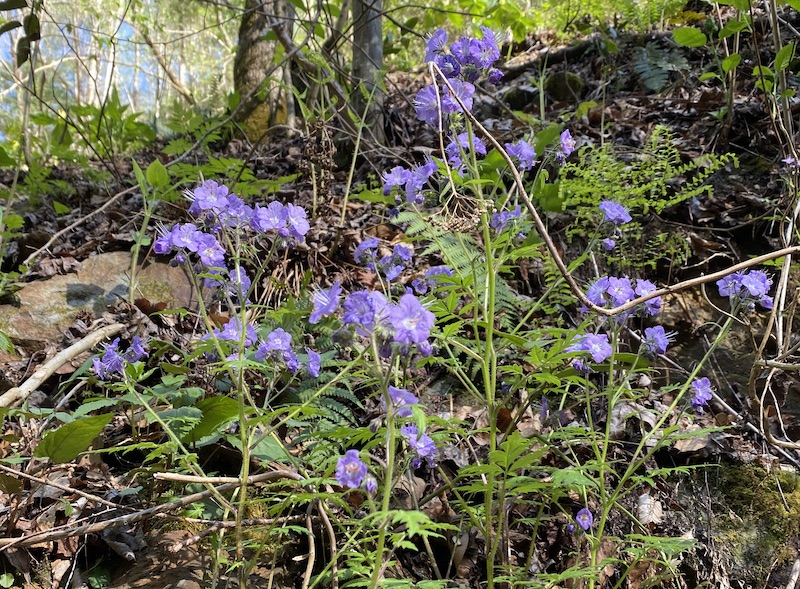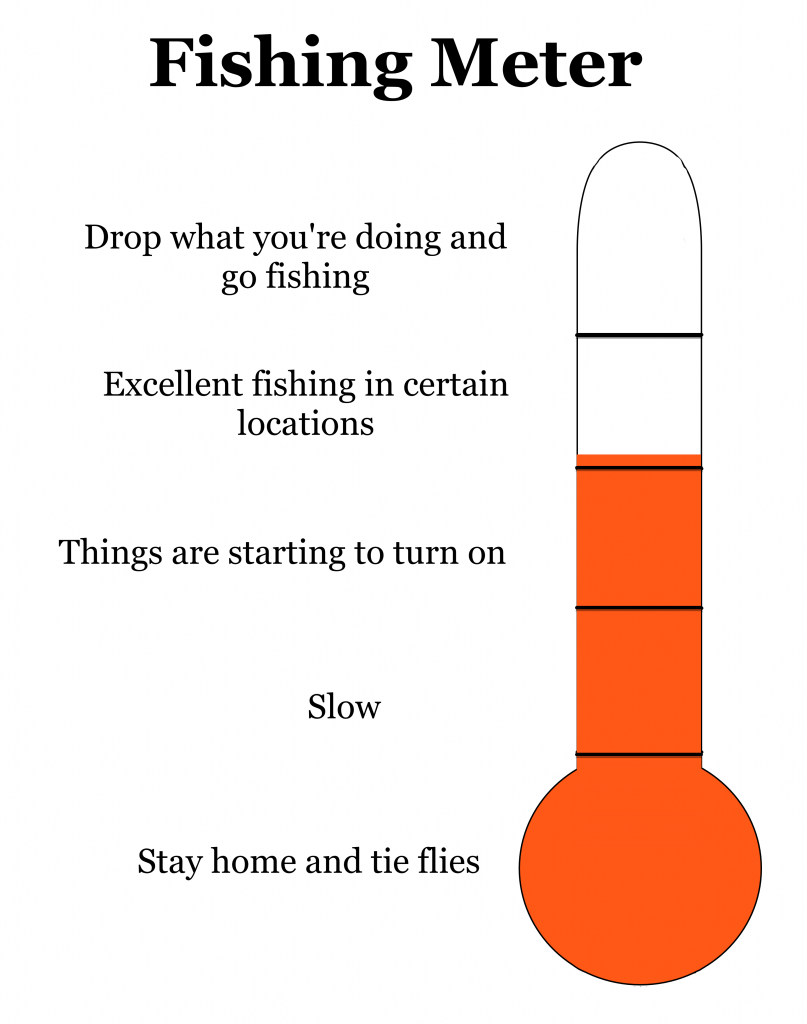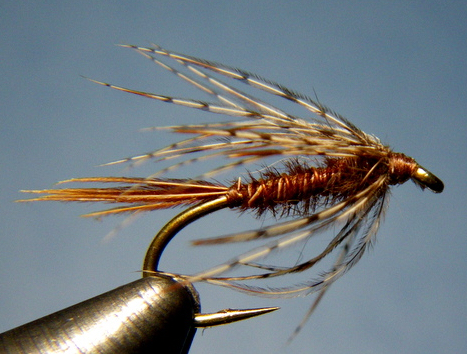
Location
Smoky Mountains
Water Levels

Little River: 253cfs / 2.17 feet
Pigeon: 645cfs / 2.35 feet
Oconaluftee: 727cfs / 2.18 feet
Cataloochee: 164cfs / 2.81
Water Temperatures (approximate)
Low elevations: 55 – 59 degrees
Mid elevations: 52 – 56 degrees
High elevations: 50 – 53 degrees
Current Conditions
We’ve gotten a nice, long break from the heavy rains and sharp cold fronts and conditions are actually begining to stabilize. What has not been going our way is an unprecedented number of tourists… and when you’re talking about what is already the most visited national park in the country, that says a lot! It seems to be the perfect storm of spring breakers and Covid shut-in refugees and I’m hoping it slows soon. Right now our national park is being loved to death. With so many people out and about, it may be a good time to brush up on your Stream Etiquette.
But if you can manage to find a quiet place away from the masses, fishing is getting pretty good. Mornings are still a little chilly and it still needs to warm up in the high country. But most everything is fishing well with low elevations and afternoons being the real highlight right now.
Projected Conditions
We have a slight cold front and a little bit of rain in the forecast toward the end of the week but all and all, it looks like a good week ahead. I don’t expect drastic changes in water temperatures or levels. As we get a little farther into April, hopefully spring breaks will wind down and a little of the tourist traffic will decrease.
Tips
Fish are beginning to spread in the stream more and activity is picking up in riffles and pockets. Without full tree bloom, fish may be spooky in the bright sunlight. Seek out locations near shade lines. Fishing is starting to get productive even in the mornings in the lower elevations. For mid and high elevation streams, I’d try to focus on the afternoon.
Hatches/Fly Suggestions
Hatches are fairly diverse right now with very few heavy hatches of one insect coming off. There are still a few Quill Gordons (#14) hanging around but Blue Quills (#18) and Light Hendricksons (#14) are accounting for most of the mayfly activity. Red Quills (#14-12) should begin showing up in better numbers and you may even see a few March Browns (#14-10) showing up early to the party.
There are a lot of small dark stoneflies but the adults don’t spend much time in front of the trout. A #18 Pheasant Tail is a respectable imitation for the nymph. A lot of #16 dun caddis are out and about and starting to see some larger tan caddis in a #14. And I saw my first Yellow Sally Stonefly of the year. Expect more of them toward the end of the month.
You can certainly carry exact imitations of any of the flies mentioned above. But with so many different bugs and no large numbers of any, keeping your fly pattern fairly generic is not a bad idea. A Parachute Adams and Parachute Hares Ear are really good all-purpose spring dry flies. Thunderheads, Adams Wulffs and Royal Wulffs also do pretty well.
For nymphs, try Hares Ears, Pheasant Tails, Copper Johns and Tellico Nymphs. My most consistent producer has been a creation of my own that I call an Early Spring Nymph. I’ll include the pattern in my next newsletter. Until then, an olive Hares Ear is pretty similar. Check out my Hatch Guide for complete hatch information.
For the featured fly, I’m going to suggest a Soft Hackle Pheasant Tail. It’s a great generic pattern that does a great job imitating a number of emerging insects. I frequently fish it in tandem as the top fly in a double nymph rig or as a dropper behind a dry fly. Two Fly Rigs.
Featured Fly


